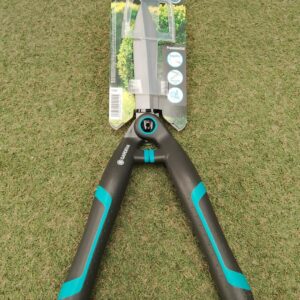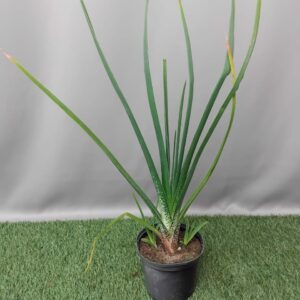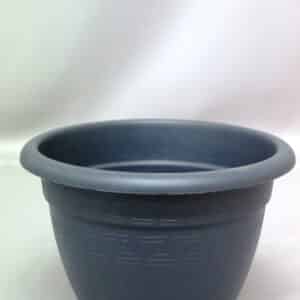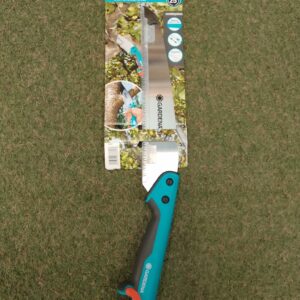September
Gauteng guides
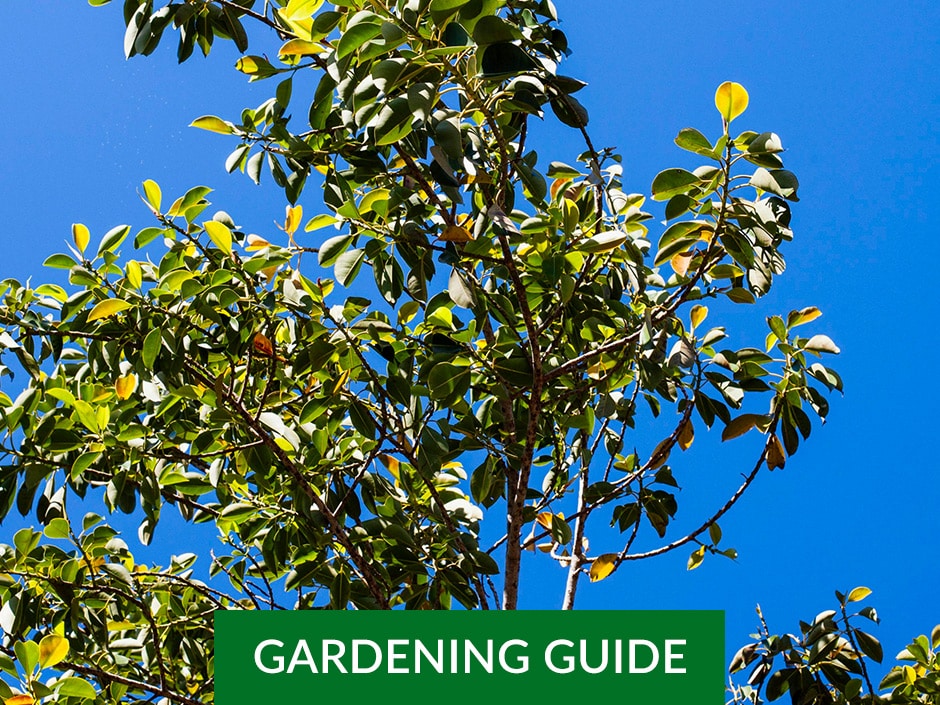
A SEPTEMBER GUIDE TO GARDENING IN GAUTENG
Now that spring is upon us, it’s time to coax your garden back to life with colour and variety. Lawn care is also top of the agenda. Follow our spring-ready gardening guide to find out how to get straight back into gardening.
SPOTLIGHT ON: ARBOUR WEEK
South Africans celebrate Arbour Week in the first month of September – a perfect opportunity to come together as a community and help green our neighbourhoods. Every year we run a ‘buy one, get one free tree’ promotion throughout the week.
ON YOUR TO-DO LIST FOR SEPTEMBER
PLANT & SOW
- Plant an indigenous tree for Arbour Week, or sponsor a tree to be planted by an organisation such as Greenpop or Food & Trees for Africa. Our favourites include the yellowwood, leopard tree, liquid amber, tree wisteria, fever and riverbush willow trees.
- If you want to plant a tree that gifts you with fruit and food every year, now is a good time to plant apricot, fig, nectarine, plum, olive, peach, lemon, mango, curry leaf and moringa.
- Plant eggplant, tomatoes, basil, beans, carrots, radishes, pepper, lettuce, spinach, cabbage, beetroot and chillies now for a summer harvest.
- Asparagus crowns can be planted this month.
- Plant summer-flowering bulbs and rhizomes such as cannas, dahlias, gladiolus, golden arum, nerines, spider lilies, tigridia, liatris and watsonias.
- Plant some of spring’s glorious colourful flowers and bring the garden to life. This month is a good time for petunia, impatiens, begonia, gazania, dianthus, delphiniums, alyssum, salvia varieties and marigolds.
FEED
- Use Wonder Lawn & Leaf 7:1:3 to get your grass ready for the summer heat, and remember to water three times a week or more. Alternatively, use Atlantic Fertilisers Bio Lawn (an organic fertiliser) and water lawn once or more a week. Urge regrowth in bare patches by spiking and top-dressing with fine compost.
- Feed trees with 3:1:5 fertiliser.
- Fruit trees could do with some Nitrosol and 3:1:5 fertiliser.
- Feed plants with Wonder Fruit & Flower 3:1:5, which has a high potassium content to help harden plants for the summer heat and encourage them to flower. Water once or twice a week after feeding. Atlantic Fertilisers Fruit & Flower is a good organic-based alternative.
- Feed your roses with 8:1:5 to have a lush colour in abundance when roses start to flower in October.
PRUNE & TRIM
- Frost-damaged bedding begonias don’t need to be replaced – simply cut back to remove the parts that were damaged during winter. With a healthy dose of water-soluble fertiliser, the begonias will be back on their feet in no time.
- Prune back overgrown shrubs to create better aeration in the garden and prevent disease and pest infestations.
- Prune back spring-flowering shrubs as soon as they are done flowering.
- Prune topiaries to maintain their compact shape.
- Deadhead pansies and violas to keep them flowering well into November.
- The beginning of a growth period is a good time to give your pot plants some more space. Read our step-by-step guide to repotting root-bound plants.
- While winter might be past us, remember that we can still receive late frost – so keep your frost guard on until the middle of September.
PESTS
- New vegetable gardens will need special attention. To control insects, spray with Kirchhoffs Ludwig’s Insect Spray+ or Margaret Roberts Organic Insecticide. Both are Ecocert-approved for use by organic gardeners.
- Roses will need protection against disease and fungus this time of year. To ensure their health, spray roses with a mix of one part Rosecare, one part Trelmix, one part Seagro, one tablespoon of vinegar and one teaspoon of dishwashing liquid.
- Once 75% of the blossoms of fruit trees have dropped off, you can start spraying against fruit flies with Efekto Cypermethrin once a month.
OTHER FRESH IDEAS
PLANT SUMMER BULBS
Bulb season is here again! Some summer bulb varieties to keep an eye out for include tigridia, tiger lilies, flame lilies, watsonia and liatris. Here are our top tips for growing summer bulbs:
- Each bulb has its own light requirements, so chat to one of our in-store garden experts when purchasing your desired bulb for recommendations.
- Note that bulbs do best in well-draining soil. Prepare your beds or containers at least a week before planting by digging in a generous amount of compost, fertiliser and bone meal.
- Avoid using fresh manure or planting directly after adding fertiliser, as both may burn the bulbs.
Remember to allow the foliage of winter bulbs, such as daffodils and narcissus, to turn yellow and brown as they die down after flowering. Water and feed as normal during this time. Once the foliage has died down, lift the bulbs out of the soil and trim back roots and loose outer layers. Allow healthy bulbs to dry out in a cool place for 24 hours before storing in labelled paper bags or nets in a cool, dry place – ready to plant next year!
You might also like
Shop online
-
ALOE COOPERI 15CM
- R119.99
- Add to cart Learn More
-
PLASTIC POT CAMPANA BELL ANTHRACITE 15CM – 32CM
- R39.99 – R299.99
- Select options This product has multiple variants. The options may be chosen on the product page Learn More

